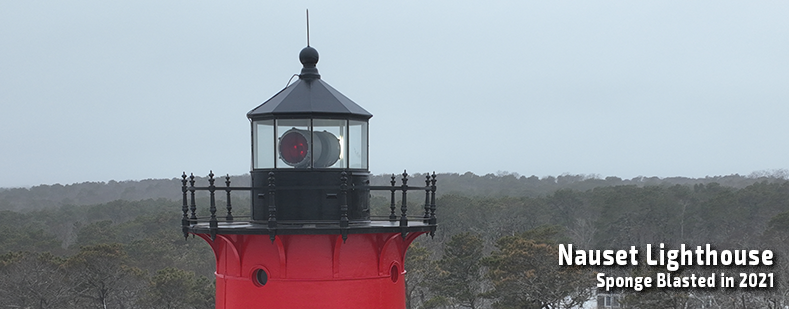Lighthouses, once critical for safe international shipping and commerce have essentially been replaced with modern navigational tools such as radio beacons and GPS. Many lighthouses remain functional with working lanterns, used as a backup tool for mariners in instances where other navigational systems have failed.
Read more >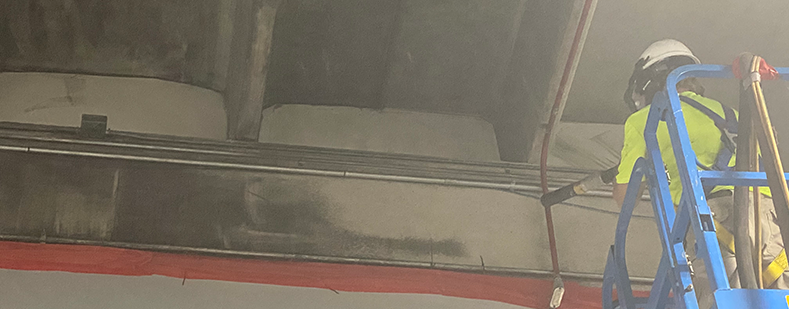
When fires occur, the immediate focus should be on preserving the health and safety of those in danger. Fire departments do amazing work saving lives and preventing fire spread throughout buildings and into nearby structures. Despite firefighters’ efforts, buildings often require robust cleaning of smoke, fire, and water damage in the aftermath.
Read more >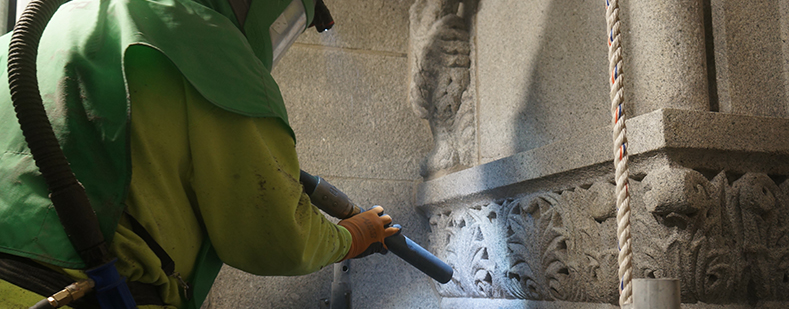
The Milwaukee Federal Building and U.S. Courthouse is one of the most recognizable buildings in the historic downtown district of Milwaukee, Wisconsin. Completed in 1899, the Richardsonian Romanesque structure was designated as a Milwaukee City Landmark in 1972 and listed in the National Register of Historic Places the following year.
Read more >
Lighthouses are subject to Mother Nature’s harshest conditions: wind, rain, and constant exposure to salt water from the pounding waves of the ocean. It comes as no surprise that these structures and their various components require routine rehabilitation and restoration.
Read more >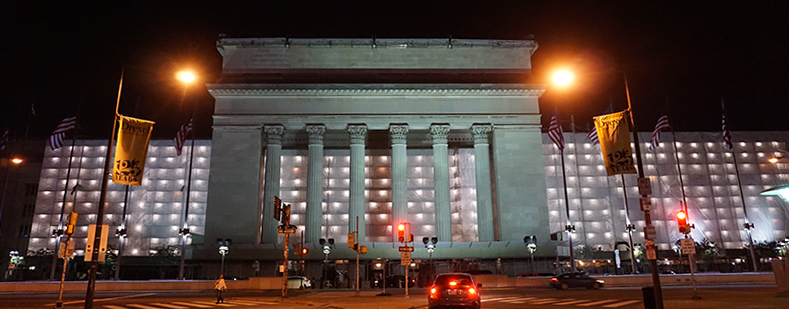
Lead paint removal is a challenge regardless of location and circumstances, but even more so when the process takes place in a busy train station. This was the case when Avalotis Corporation was tasked with a lead paint removal, surface preparation, and high-performance coating system application at the 30th Street train station in Philadelphia, PA.
Read more >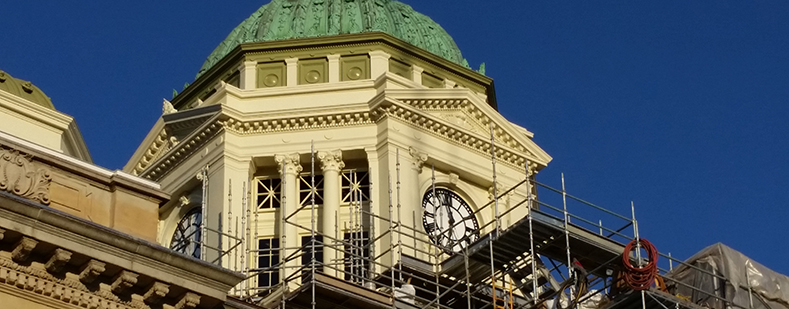
The Wyandot County Courthouse (Located in Upper Sandusky, Ohio, USA) is considered one of the best preserved examples of classical, turn-of-the-century architecture. Built in 1899, the courthouse was added to the National Historic Places in 1973.
Read more >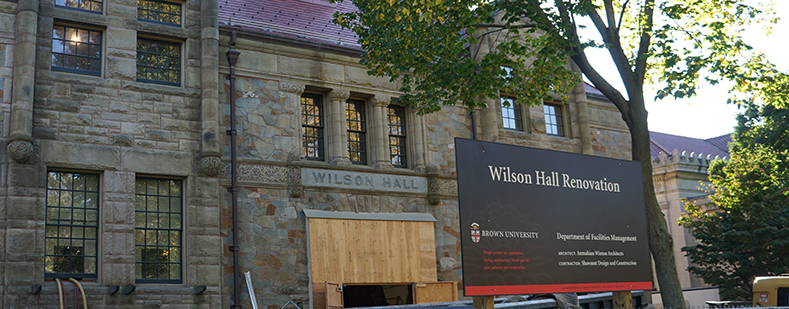
Wilson Hall (recently renamed Friedman Hall) is one of the most heavily used buildings on the Brown University campus. The Romanesque-style (circa 1891) structure was built at the bequest of George Francis Wilson and was designed by architects Gould and Angell to expand Brown’s lecture and classroom space.
Read more >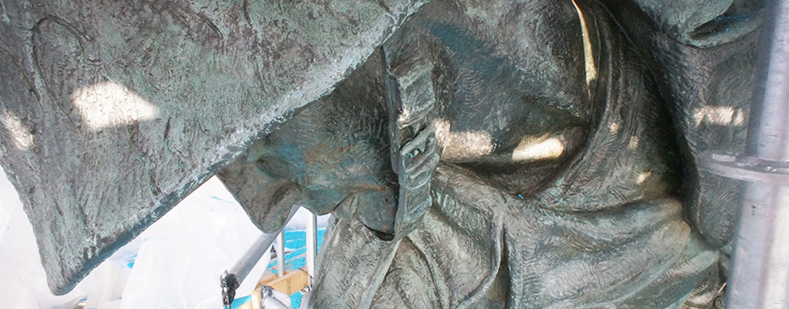
Bronze restoration projects can often prove challenging for asset owners who do not have restoration experience. Due to bronze’s surface characteristics and countless variables that influence them, statues and other bronze items can have a large range in appearance. Before actual restoration begins, owners should consult with conservators/historic preservationists for help with achieving the desired result.
Read more >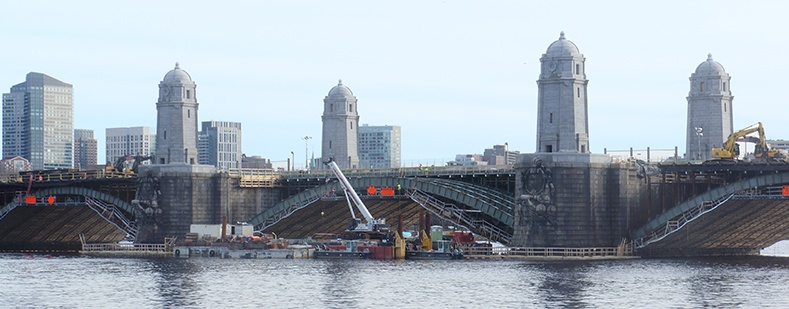
The historic restoration of Boston's Longfellow Bridge is now complete! The large-scale granite restoration project included onsite blasting by United Stone, as well as dismantling the bridge’s iconic Rockport granite “salt and pepper” towers piece-by-piece, and then transporting them to nearby workyards in Charlestown via barge for offsite restoration. The now pristine towers were reassembled using a mix of modern and historic construction technology. Skilled masons at United Stone were able to clean ornate granite carvings as well as the large granite blocks using the same equipment and media.
Read more >
The main entrance, an extended portico, leading into the great hall of Ellis Island National Museum of Immigration (NY, USA) required a face lift. Suffering from exposure to the brackish Hudson River salt-spray, the ±625 micron (±25-mil) old coating system was failing and previewing spot corrosion over much of its steel structure.
Read more >
